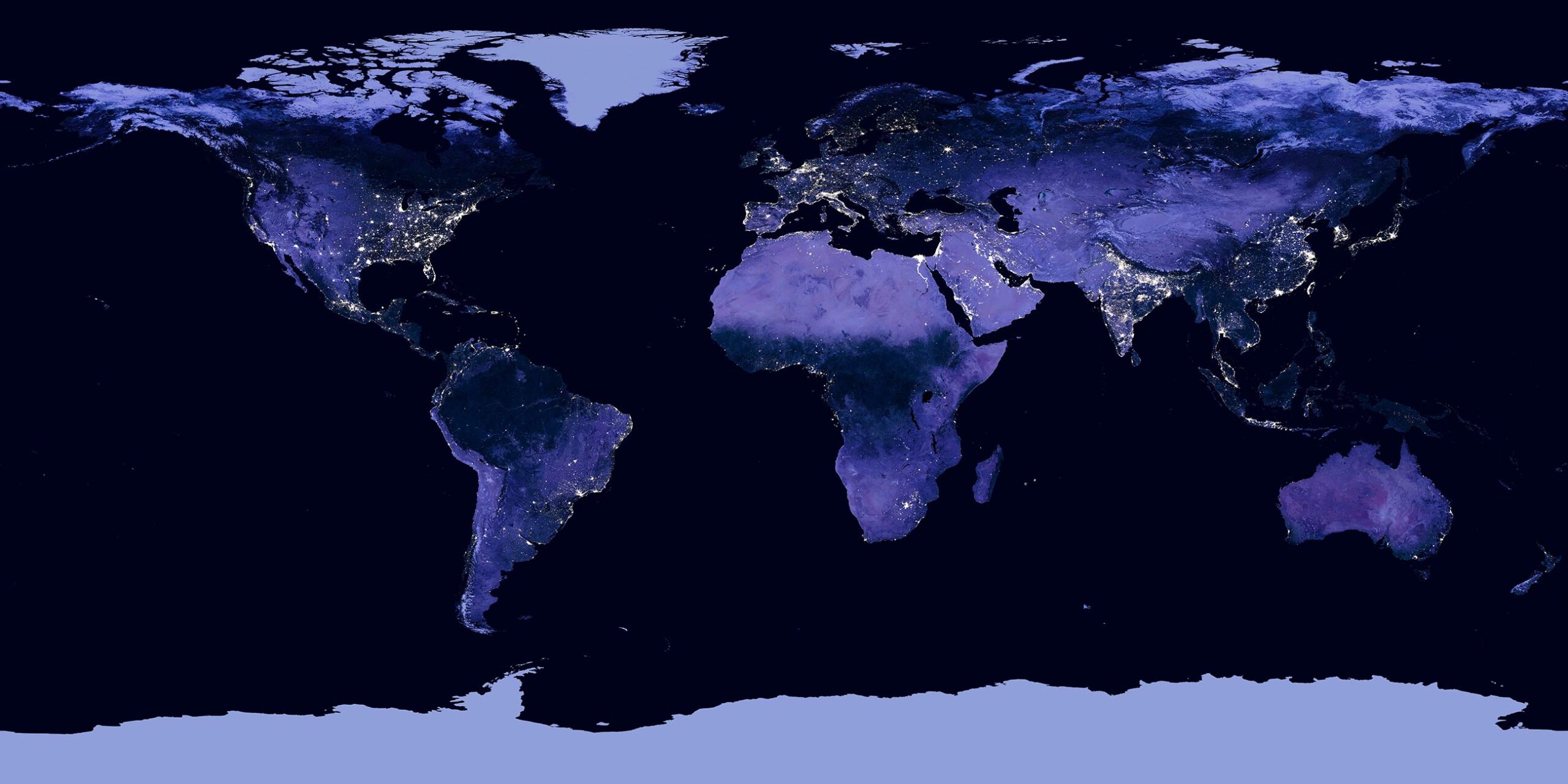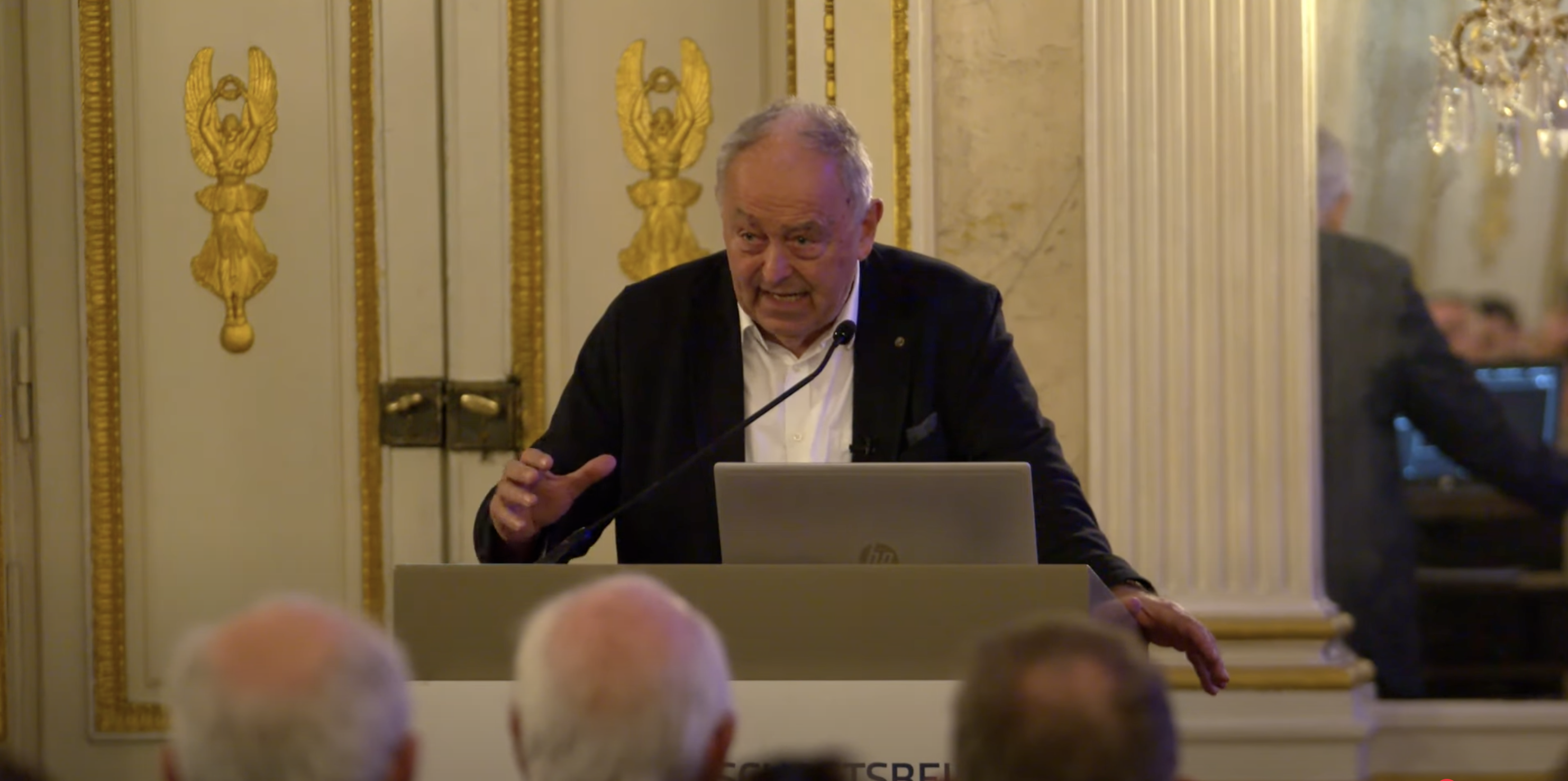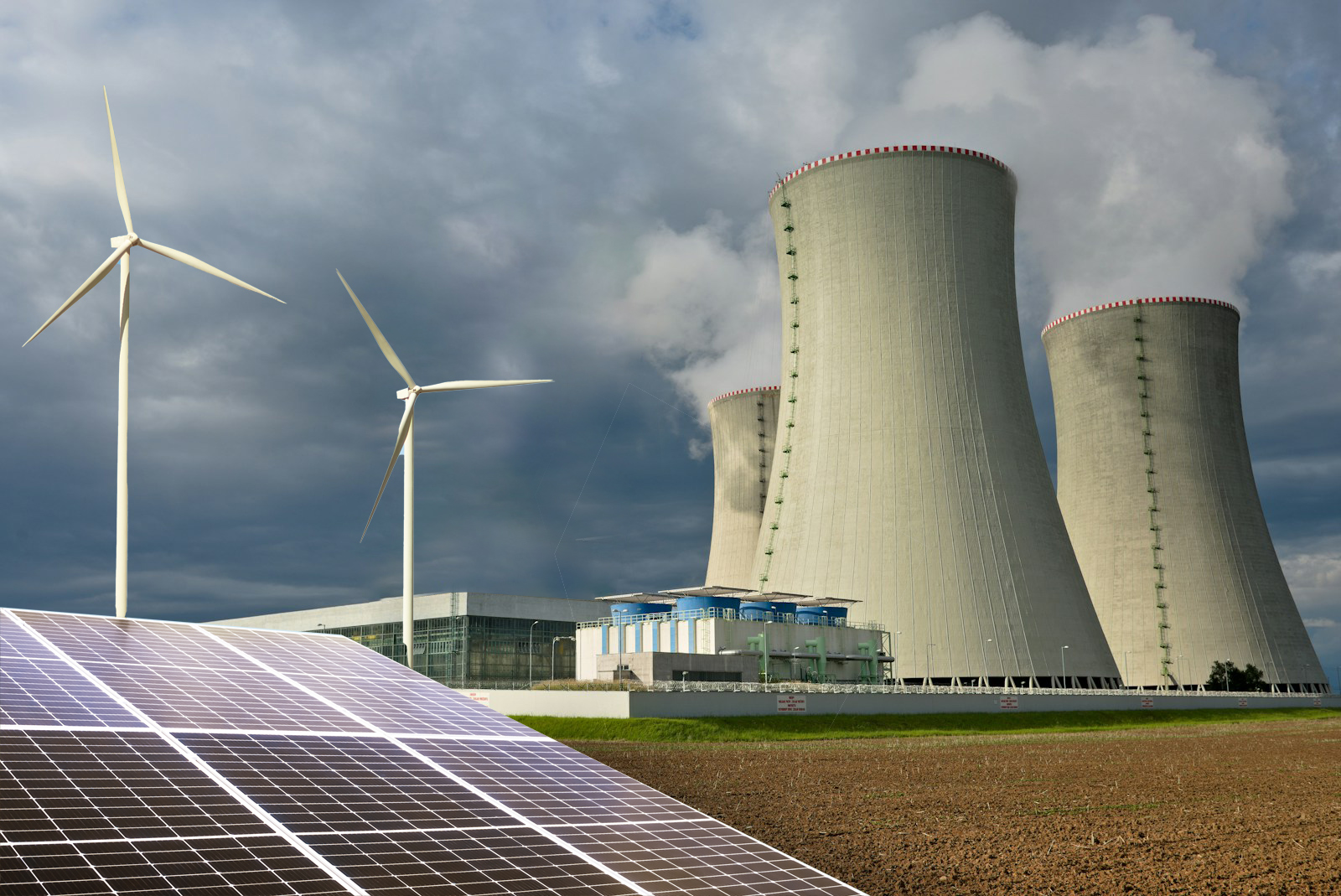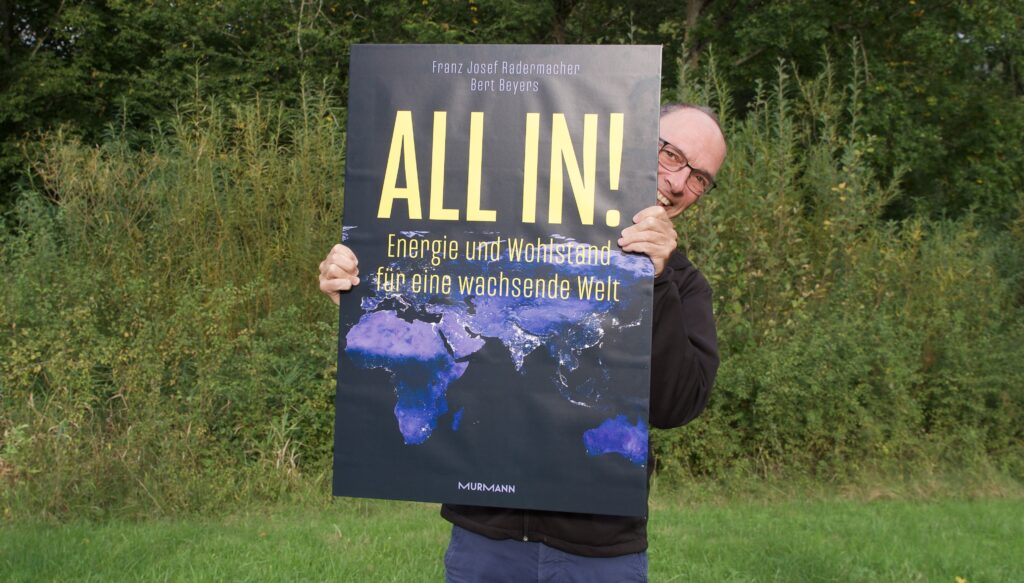At this point, some news of the last few weeks will be addressed which, from GES’ point of view, are reason for hope because they contain building blocks of a possible global solution and / or could help to develop a realistic view of the challenges ahead of us.
„We are in the midst of the first truly global energy crisis with devastating consequences for the entire world economy, especially in developing countries,” said Fatih Birol, head of the International Energy Agency (IEA), on the occasion of the release of the new Breakthrough Agenda Report. To accelerate the transition to clean and sustainable energy, the IEA has made 25 recommendations.
Another new publication from the IEA is the Global Hydrogen Review. Last year, global hydrogen demand rose to 94 million tonnes, which corresponds to 2.5 percent of global final energy consumption. By 2030, the IEA expects hydrogen demand to reach 115 million tonnes. At least half of this would have to be low-emission hydrogen. This is however not to be expected.
Green hydrogen will be in extremely short supply in the near future, according to a study by the Potsdam Institute for Climate Impact Research (PIK). According to the study, green hydrogen will supply only one percent of global final energy by 2025. Emergency political measures could, however, lead to faster growth.
Japan leads a group of more than 20 countries that want to increase global production of blue hydrogen – to at least 90 million tonnes annually in 2030.
Over the next 20 years, blue hydrogen will be cheaper than green hydrogen. That is the assessment of the Norwegian oil and gas company Equinor. Blue hydrogen is produced from natural gas – the resulting CO2 is captured and injected (CCS) or used (CCU).
Green ammonia continues to gain importance in the debate about e-fuels. One indication of this is the expansion of Fraunhofer’s PtX Atlas. The scientists have added the potential of green ammonia to the analyses of almost 600 locations. In many cases, the total costs of ammonia are lower than those of methanol-based e-fuels.
In order to make global steel production climate-neutral in 2050 through direct hydrogen reduction, around 50 million tonnes of low-CO2 hydrogen per year would be needed, according to the consultancy Wood Mackenzie. GES doubts that these huge quantities can be raised and suggests other ways to achieve climate-neutral steel production, in particular direct reduction with natural gas using CCS and CCU.
Deutsche Bahn has put itself on the map as a transporter of large quantities of hydrogen. Hydrogen could be transported from the seaports to the hinterland using existing tank cars – instead of expensive pipelines.
Removing CO2 from the atmosphere is an important field of action for climate policy. Are the EU member states ready for this? “The answer is no,” says Nils Meyer-Ohlendorf – and refers to a new study by the Ecologic Institute, where he is a Senior Fellow. There is a lack of goals, strategies and a political discussion on CO2 removal.
In the Netherlands, two former gas fields under the North Sea may be used to store CO2. The Porthos project stands for Port of Rotterdam CO2 Transport Hub and Offshore Storage. The CO2 comes from operations located in the port of Rotterdam.
More renewable energy, more energy efficiency and a lot of CO2 capturing – with these measures, Indonesia can achieve climate neutrality by 2060, according to a report by the International Energy Agency (IEA). Up to now, Indonesia has produced its electricity mainly with coal-fired power plants. With 750 grams of CO2 per kilowatt hour generated, the conditions for an energy transition on the island nation are not particularly good. And yet, according to the IEA, realistic paths are opening up.
According to the IEA, it is not only Europe that is affected by Russia’s gas supply freeze, but also emerging and developing countries in particular. Instead of relying more on gas, they are now relying more on coal and oil.
In another report, the IEA shows ways in which a comprehensive electricity grid could be created in Africa by 2030. Today, 40 percent of the people on the continent still do not have access to the electricity grid, or about 600 million.
Africa’s first hydrogen power plant in Namibia is to produce electricity for the first time in 2024. The project in Swakopmund will then supply electricity for households in Namibia. The talk is of 85 megawatts produced by solar panels. Germany is also interested in green hydrogen, produced in the South African country.
Amazon also wants to use e-fuels for its truck fleet. A test operation is to begin in California next year. The e-fuels are to replace conventional diesel for transports over about 5 million miles. According to the company, the existing vehicles can continue to be used even when fuelled with e-fuels.




